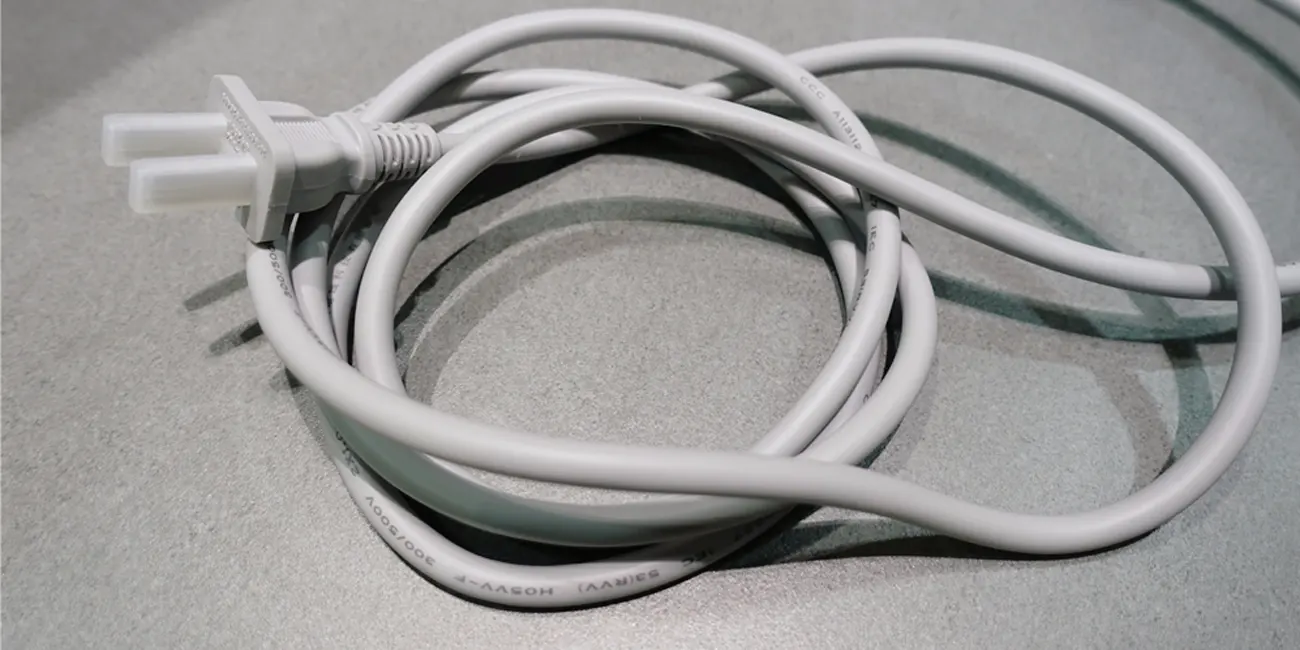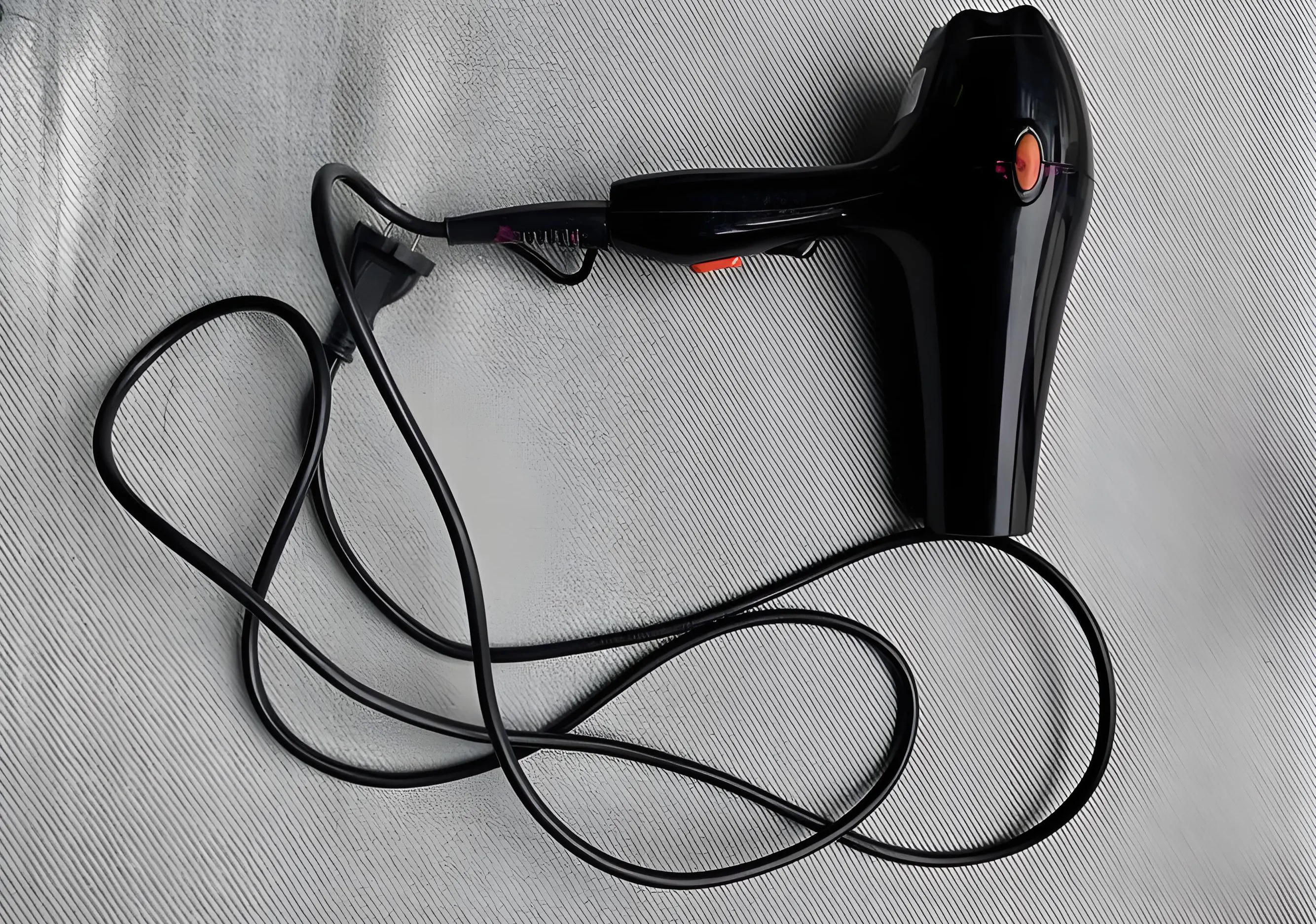
By Admin
2025-04-15 02:56:42
Hair Dryer Wiring Harness Guide
The hair dryer wiring harness is a collection of wires that connect the motor, heating elements, control switches and other components inside the hair dryer, and is responsible for power transmission and signal control functions.
Hair dryer wiring harnesses need to be able to withstand the local high temperatures generated by the heating wire (common temperature resistance range: -40°C to 200°C), and also need to adapt to long-term bending and internal mechanical friction environments to ensure insulation performance under high current loads (some models need to carry more than 1300W of power).

Hair Dryer Wiring Harness Material Type Comparison
| Material type | Characteristic | Typical application scenarios |
| PVC wire harness | Low cost and easy processing, but poor temperature resistance (upper limit for long-term use is about 70°C) | Low power hair dryer |
| TPE wire harness | Good elasticity, bending resistance, temperature resistance up to 90-125℃ | Mid-range hair dryer moving parts connection |
| Silicone harness | High temperature resistance (-60℃~200℃), excellent flame retardancy | High-speed hair dryer motor connection area |
Typical application scenarios
Motor power supply circuit: connect the rectifier module and the permanent magnet motor, and need to withstand high-frequency pulse current;
Heating wire connection: connect the nickel-chromium alloy heating wire and the temperature control switch in series, with the highest temperature resistance requirements;
Intelligent control module: transmit sensor signals to the MCU chip, requiring low signal loss.

Selection and maintenance recommendations Power matching principle:
For 1300W models, it is recommended to use a silicone wire harness with a cross-sectional area of ≥0.75mm²;
For models above 2000W, fluoroplastic wire harnesses and additional heat dissipation design are required.



